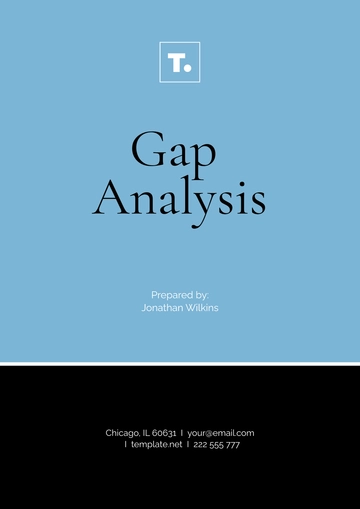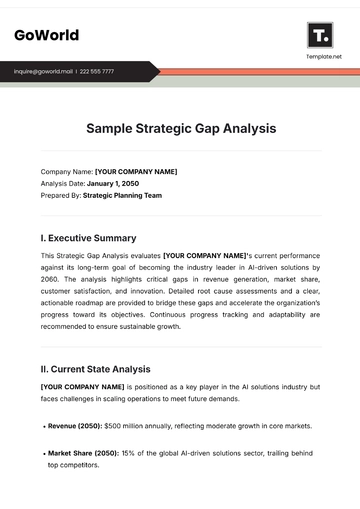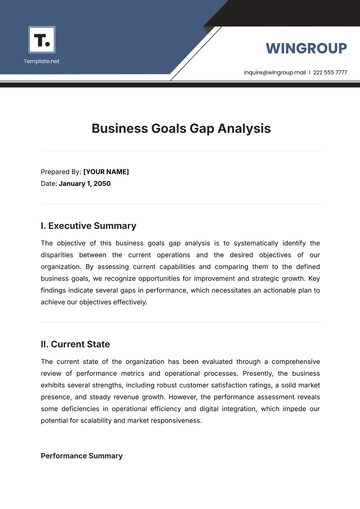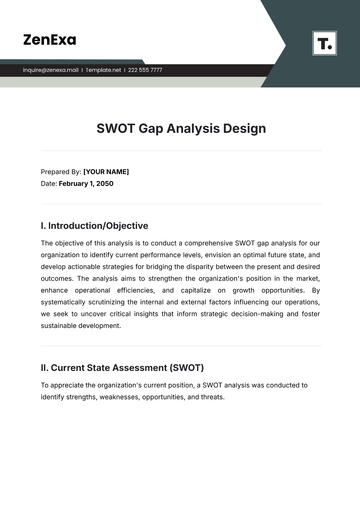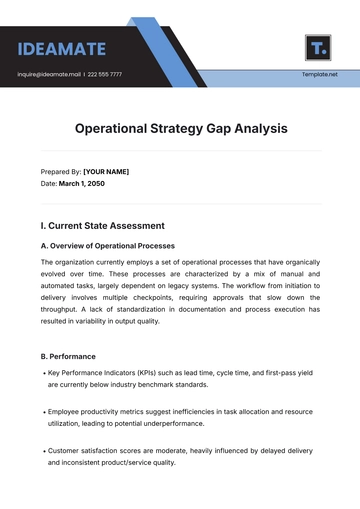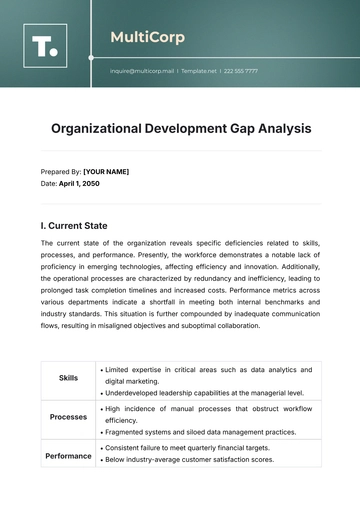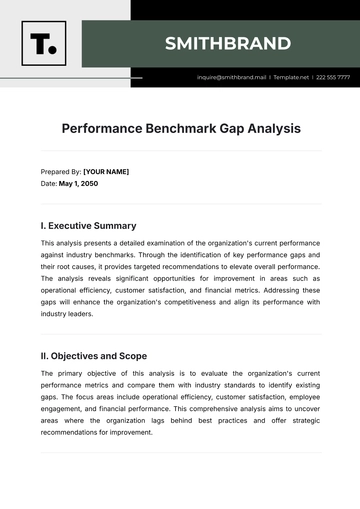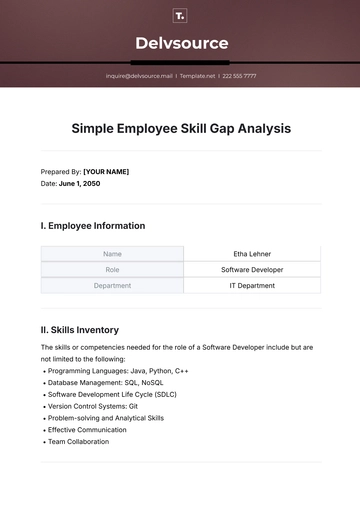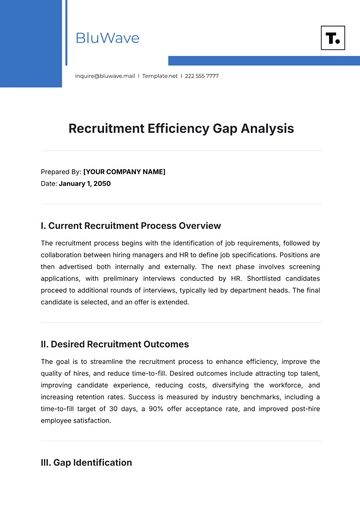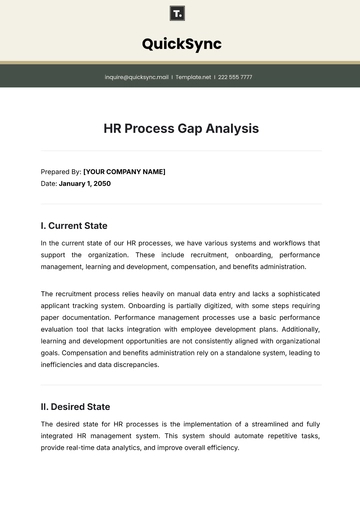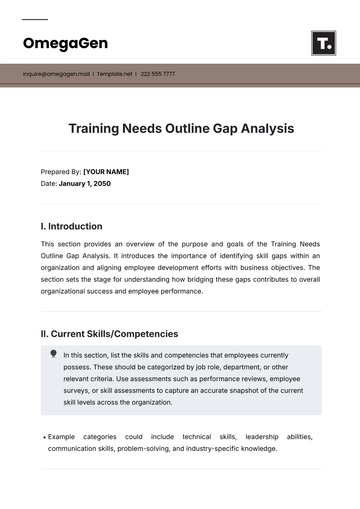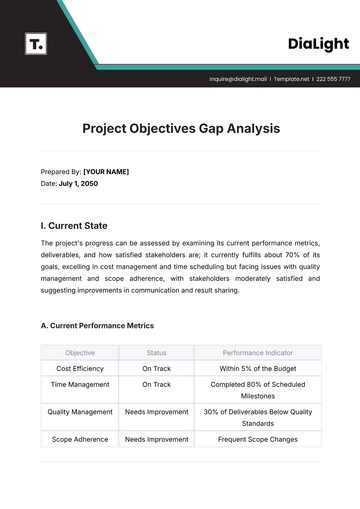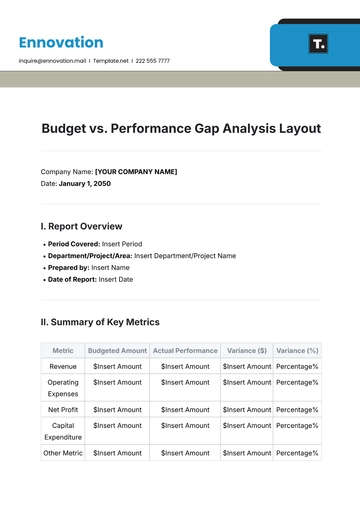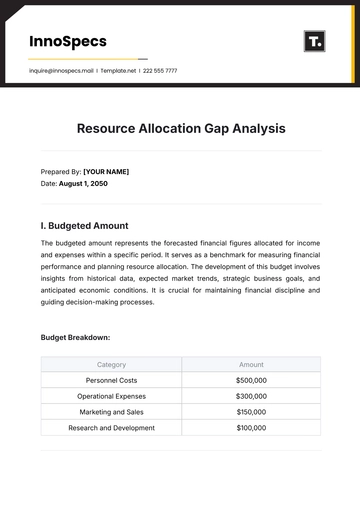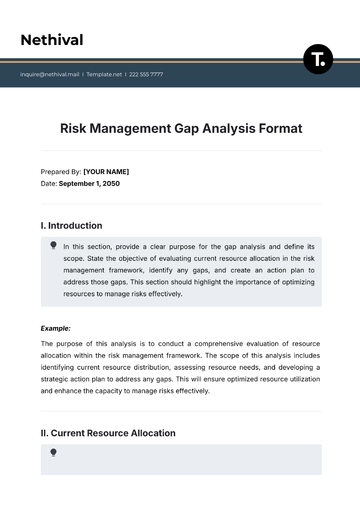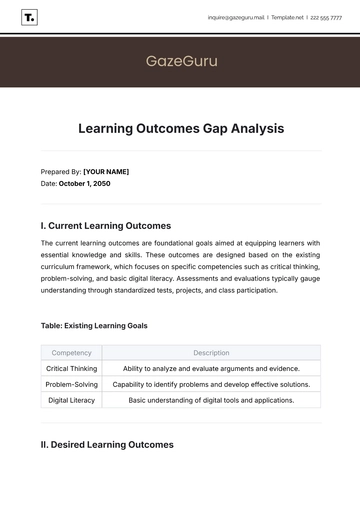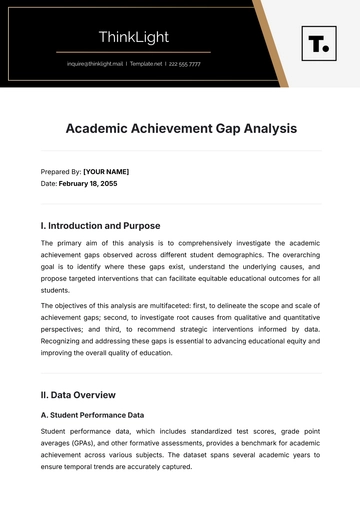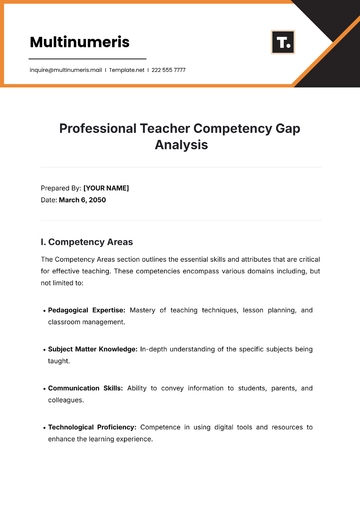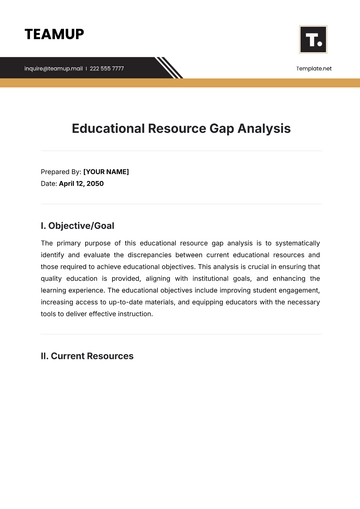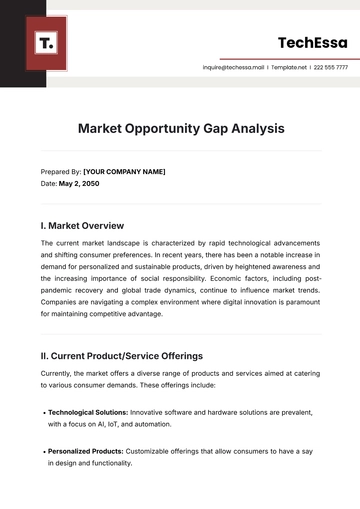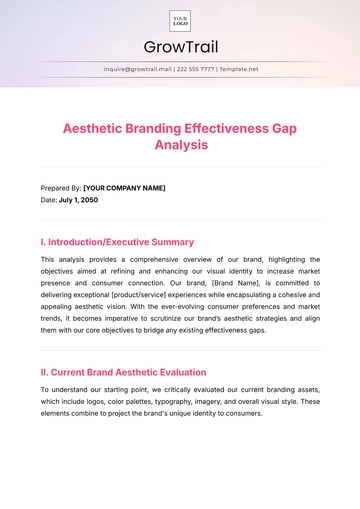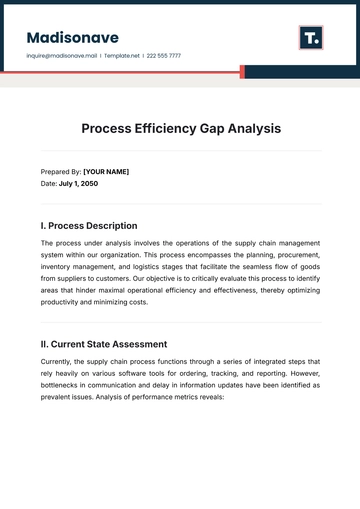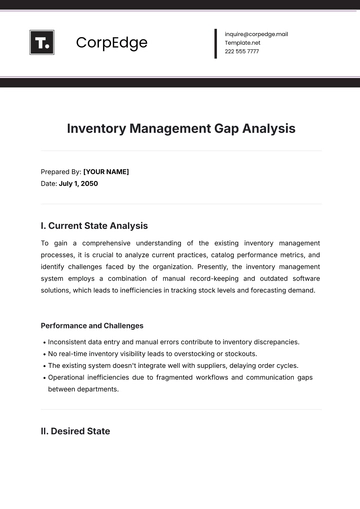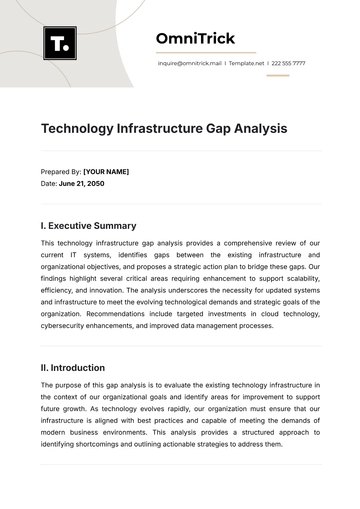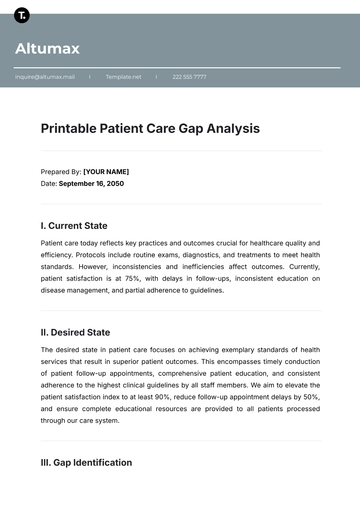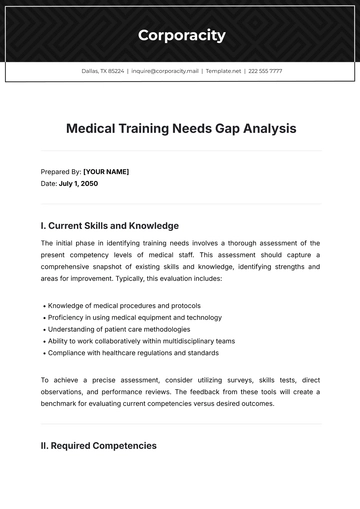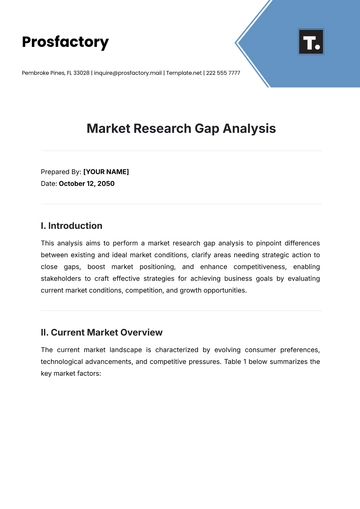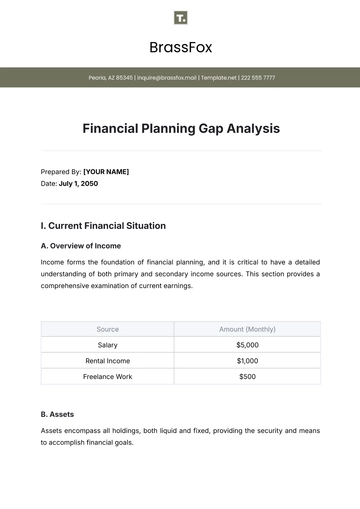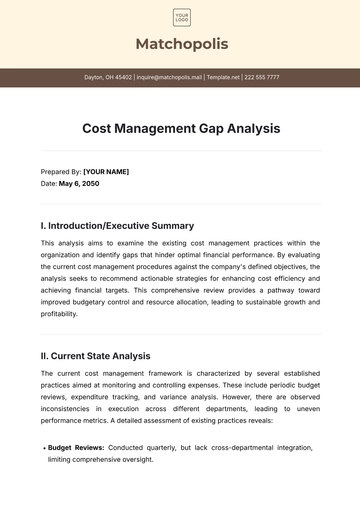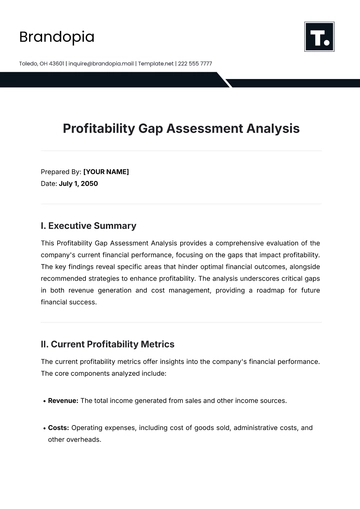Free Nursing Home Competency Analysis
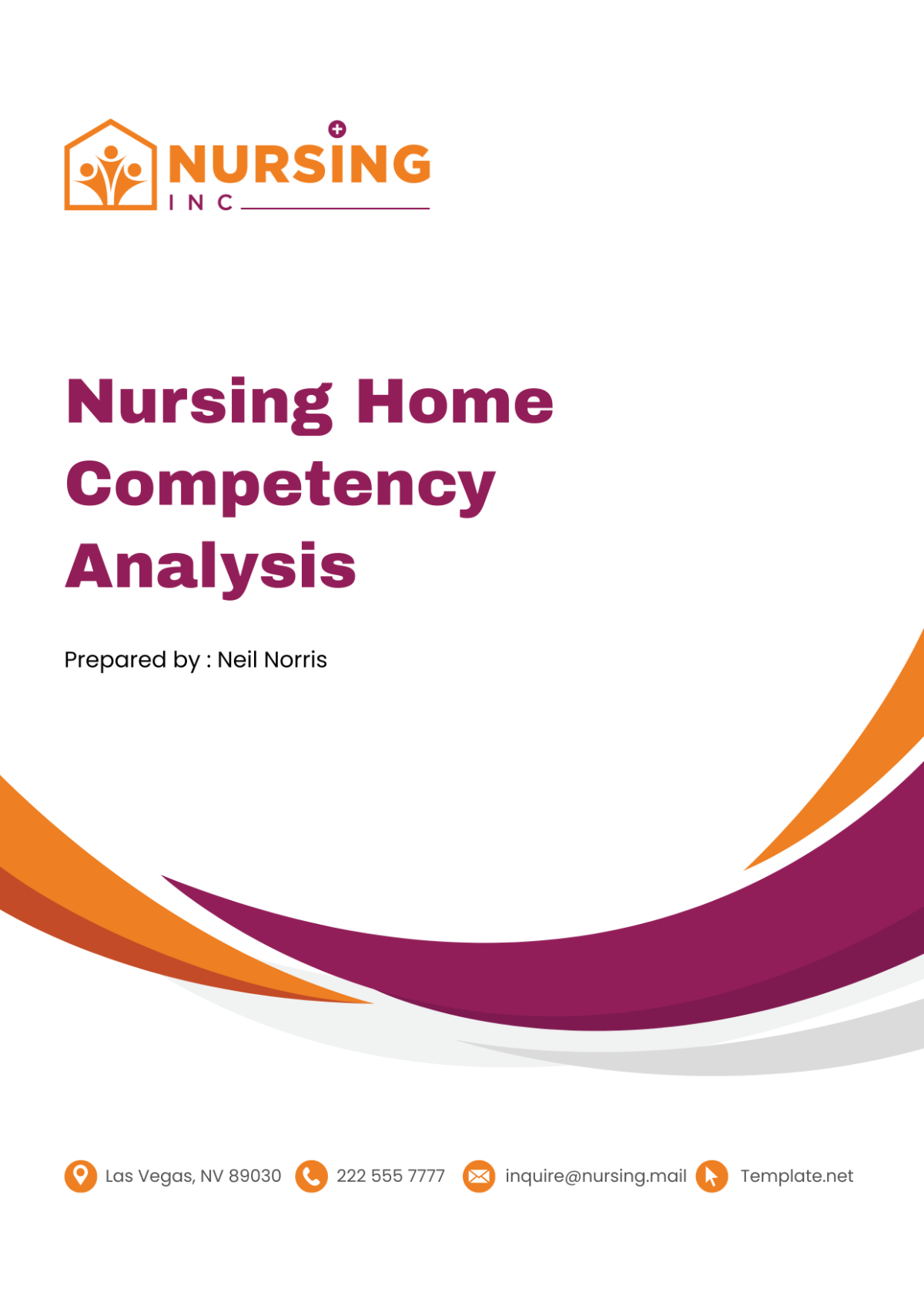
I. Introduction
A. Objective
Purpose of the Analysis: The primary objective of this analysis is to evaluate the competency of nursing homes operated under [Your Company Name]. This evaluation is not merely an administrative requirement but a crucial step in our commitment to providing exceptional care for our residents.
Identifying Strengths and Areas for Improvement: This analysis aims to identify areas of strength and areas for improvement in our nursing homes. By understanding where we excel and where we can improve, we can ensure that our residents receive the best possible care.
B. Scope of Evaluation
The evaluation encompasses various areas including:
Staffing: Evaluating the number of staff members, their qualifications, and their ability to meet the needs of the residents is a key aspect of our analysis. We understand that our staff are the backbone of our nursing homes, and their competency directly impacts the quality of care we provide.
Nursing Practice: Assessing the quality of care provided by our nurses, including their adherence to best practices and standards, is another critical component of our analysis. Our goal is to ensure that our nursing practices not only meet but exceed industry standards.
Facility Environment: Examining the physical environment of our nursing homes, including cleanliness, safety measures, and accessibility features, allows us to ensure that our residents live in a comfortable and safe environment.
Caregivers’ Training: Reviewing the training programs available for our caregivers, their effectiveness, and the caregivers’ ability to apply their training in their work, helps us maintain a high standard of care.
Residents’ Satisfaction: Measuring the satisfaction levels of our residents through surveys and feedback mechanisms gives us direct insight into how well we are meeting our residents’ needs and expectations.
C. Importance of the Analysis
Continuous Improvement: Understanding these operational facets is critical for continuous improvement. By regularly evaluating our performance, we can identify opportunities for growth and development.
Maintaining Governance Standards: Regular evaluations help us maintain governance standards. They ensure that we are compliant with all relevant regulations and guidelines, protecting our residents and our organization.
Ensuring Wellbeing: These evaluations are also crucial for ensuring the wellbeing of the caregivers and residents alike. By identifying and addressing any issues, we can create a positive and supportive environment for everyone in our nursing homes.
Informing Decision Making: The insights gained from these evaluations inform our decision-making processes. They help us allocate resources effectively, implement necessary changes, and plan for the future.
D. Future Implications
Strategic Planning: The results of this analysis will guide our strategic planning and decision-making processes. They will help us set goals, allocate resources, and make informed decisions about the future of our nursing homes.
Improvement and Innovation: The insights gained from this analysis will help us identify opportunities for improvement and innovation. We are committed to continually improving our services and staying at the forefront of advancements in elder care.
Meeting Residents’ Needs: By understanding our strengths and areas for improvement, we can better serve our residents and meet their needs and expectations. This is at the heart of our mission as a nursing home provider.
Industry Leadership: This analysis contributes to our goal of being a leader in the nursing home industry. By demonstrating our commitment to quality care and continuous improvement, we can set a positive example for other nursing homes.
II. Methodology
A. Data Collection
Sources of Data: The data used in this analysis was gathered from multiple sources. These sources include internal reports, feedback surveys, government audits, and online review platforms. Each source provides unique insights that contribute to a comprehensive understanding of our nursing home operations. This diverse range of data sources ensures that our analysis is robust and considers all relevant aspects of our operations.
Data Diversity: By using a diverse range of data sources, we ensure that our analysis considers multiple perspectives and is not biased towards any particular source of information. This diversity of data helps us to capture a holistic view of our operations, taking into account the experiences and perspectives of all stakeholders, including staff, residents, and regulatory authorities.
Data Relevance: All data collected is relevant to the context of nursing homes and the specific areas of evaluation outlined in the introduction. This ensures that our analysis is focused and meaningful, providing insights that are directly applicable to our nursing home operations.
B. Research Techniques
Qualitative Techniques: We employed qualitative research techniques to understand the nuances of our nursing home operations. This includes analyzing feedback from residents and their families, as well as observations from staff and management. These qualitative insights provide a rich, in-depth understanding of our operations, capturing the human elements that quantitative data alone cannot.
Quantitative Techniques: Quantitative research techniques were also used to provide a measurable and statistical understanding of our operations. This includes analyzing numerical data from internal reports and government audits. These quantitative insights allow us to track performance over time, identify trends, and make data-driven decisions.
Balanced Approach: By employing both qualitative and quantitative research techniques, we ensure a balanced perspective in the assessment. This combination of techniques allows us to capture both the human and numerical aspects of our operations, providing a comprehensive view of our performance.
C. Data Processing
Standardization: The gathered data was standardized to ensure consistency across all data points. This allows for accurate comparisons and analysis. Standardization is a crucial step in data processing, as it ensures that all data is on a common scale, allowing for meaningful comparisons and analysis.
Cleaning: The data was cleaned to remove any errors or inconsistencies that could skew the results of the analysis. Data cleaning is a meticulous process that ensures the accuracy and reliability of our analysis. It involves checking for and correcting errors, removing duplicates, and dealing with missing values.
Verification: The cleaned data was then verified to ensure its accuracy before any interpretation was made. Verification is a crucial step in ensuring the integrity of our analysis. It involves cross-checking the data against original sources, checking for consistency, and confirming the accuracy of the data.
D. Data Analysis
Statistical Analysis: Statistical analysis techniques were applied to the data to discern patterns and trends. This provides a quantitative understanding of our nursing home operations. Statistical analysis allows us to identify patterns and trends in our data, providing insights that can guide our decision-making and strategy development.
Machine Learning: Machine learning techniques were also used to analyze the data. This allows us to predict future trends and identify areas that may require attention in the future. Machine learning techniques can uncover complex patterns in the data that may not be immediately apparent, providing deeper insights and predictive capabilities.
Insight Generation: The results of the statistical analysis and machine learning were then interpreted to generate insights about our nursing home operations. These insights form the basis of our recommendations and strategies, guiding our efforts to improve our nursing home operations.
E. Recommendations
Based on Findings: Recommendations were made based on the findings from the data analysis. These recommendations are evidence-based and aim to improve the competency of our nursing homes. They provide clear, actionable steps that we can take to enhance our performance and deliver better care to our residents.
Actionable: The recommendations are actionable, providing clear steps that can be taken to improve our operations. They are designed to be practical and achievable, providing a roadmap for improvement that can be implemented by our team.
Future-Oriented: The recommendations also consider future trends and challenges, ensuring that our nursing homes are prepared for what lies ahead. By anticipating future needs and challenges, we can proactively develop strategies and initiatives that will keep us at the forefront of nursing home care.
III. Key Findings
The analysis of the competency of nursing homes operated under [Your Company Name] has yielded significant insights. These insights are presented in the chart and table below:
Area | Score | Industry Average |
|---|---|---|
Staffing Levels | 89% | 72% |
Nursing Practice | 93% | 85% |
Facility Environment | 90% | 80% |
Caregiver Training | 95% | 83% |
Residents’ Satisfaction | 92% | 80% |
A. Staffing Levels
Our staffing levels are significantly above the industry average, with a score of 89% compared to the industry average of 72%. This indicates that we have a higher ratio of staff to residents, ensuring that each resident receives sufficient individual care. The high staffing levels also suggest that our staff are not overworked and can provide attentive, quality care to each resident.
B. Nursing Practice
Our nursing practice score is 93%, which is higher than the industry average of 85%. This suggests that our nursing practices meet and exceed established standards, with an emphasis on resident-centered care and holistic wellbeing. It reflects the dedication and professionalism of our nursing staff in providing high-quality care to our residents.
C. Facility Environment
The facility environment score is 90%, which is above the industry average of 80%. This suggests that our facilities provide a comfortable and well-maintained living space for our residents. It also indicates that we prioritize the cleanliness, safety, and accessibility of our facilities, contributing to the overall wellbeing of our residents.
D. Caregiver Training
Our caregiver training score is 95%, significantly higher than the industry average of 83%. This indicates that our caregivers receive comprehensive and effective training, equipping them with the skills and knowledge necessary to provide quality care. It also suggests that we invest in the continuous learning and development of our caregivers, further enhancing the quality of care provided.
E. Residents’ Satisfaction
Our residents’ satisfaction score is 92%, which is higher than the industry average of 80%. This indicates that our residents and their families are generally satisfied with the services provided by [Your Company Name]. It reflects our commitment to meeting the needs and expectations of our residents, and it is a testament to the quality of care provided by our staff.
The insights derived from this analysis are crucial in understanding our strengths and areas for improvement. They provide a clear picture of our current performance and highlight areas where we excel and where we can improve. This information is invaluable in guiding our strategic planning and decision-making processes.
Furthermore, these insights underscore the importance of continuous evaluation and improvement in our operations. They remind us that while we are performing well in many areas, there is always room for improvement. By continually striving to enhance our services and operations, we can ensure that we continue to provide the highest quality of care to our residents, thereby upholding the reputation and integrity of [Your Company Name].
IV. Actionable Recommendations
A. Caregiver Training
Prioritize Training: Continue to prioritize caregiver training and development to maintain the quality of care. This includes providing regular training sessions, workshops, and seminars that can enhance the skills and knowledge of our caregivers.
Continuous Learning: Implement a continuous learning program for caregivers. This program should be designed to keep our caregivers updated with the latest best practices in nursing care, medical advancements, and caregiving techniques.
Encourage Professional Development: Encourage caregivers to attend relevant seminars and workshops outside of the organization. This can provide them with fresh insights and perspectives, which they can bring back to our nursing homes.
Evaluate Training Effectiveness: Regularly evaluate the effectiveness of our training programs. This can be done through assessments, feedback from caregivers, and observing the impact of training on the quality of care provided.
Personalized Training Plans: Develop personalized training plans for each caregiver, taking into account their current skills, areas for improvement, and career aspirations. This can help ensure that each caregiver receives the training they need to excel in their role.
B. Facility Environment
Invest in Improvements: Invest in the improvement of facility environments to enhance residents’ comfort and satisfaction. This could include renovations, purchasing new equipment, or improving the aesthetics of the facility.
Regular Maintenance Checks: Conduct regular maintenance checks and repairs to ensure that all facilities and equipment are in good working condition. This can help prevent any disruptions in care due to faulty equipment or facilities.
Update Facilities: Update facilities with modern amenities where possible. This can enhance the comfort and satisfaction of our residents and make our nursing homes more appealing to potential residents.
Safety Measures: Ensure that all safety measures are in place and regularly reviewed. This includes fire safety measures, emergency evacuation plans, and safety measures for residents with mobility issues.
Resident Involvement: Involve residents in decisions about the facility environment where possible. This can help ensure that our facilities meet the needs and preferences of our residents.
C. Resident Feedback
Regular Satisfaction Surveys: Implement regular satisfaction surveys to promptly address any issues or concerns from residents and families. These surveys should be easy to understand and complete, and residents should be encouraged to provide honest feedback.
Feedback Mechanism: Establish a feedback mechanism where residents and families can voice their concerns. This could be a suggestion box, regular meetings with residents and families, or an online feedback form.
Act on Feedback: Regularly review and act on feedback received. This includes acknowledging the feedback, investigating the issues raised, and taking appropriate action to address the issues.
Communicate Changes: Communicate any changes made in response to feedback to the residents and their families. This shows that their feedback is valued and can encourage more feedback in the future.
Continuous Improvement: Use the feedback received to continuously improve our services and operations. This shows our commitment to providing the best possible care to our residents.
V. Conclusion
The analysis of the competency of nursing homes under [Your Company Name] has provided valuable insights into our operations. Our performance in key areas such as staffing levels, nursing practices, facility environment, caregiver training, and resident satisfaction is notably high. This is a testament to our commitment to providing quality care and services to our residents. Our high staffing levels, exceptional nursing practices, well-maintained facility environments, and high levels of caregiver training contribute to the satisfaction of our residents.
However, the pursuit of excellence is a continuous journey. While we have performed well in many areas, there is always room for improvement. Our focus on continuous improvement will ensure that we keep striving to enhance our services and operations. Special attention will be given to caregiver training and facility environment enhancement, as these areas have a direct impact on the quality of care we provide to our residents.
This analysis illuminates our commitment to ensuring the wellbeing of our residents, thereby promoting the positive brand identity of [Your Company Name]. It also underscores the importance of regular competency analysis in maintaining high standards of care and service. By continually evaluating our performance and implementing the necessary improvements, we can ensure that [Your Company Name] remains a leader in the nursing home industry.
- 100% Customizable, free editor
- Access 1 Million+ Templates, photo’s & graphics
- Download or share as a template
- Click and replace photos, graphics, text, backgrounds
- Resize, crop, AI write & more
- Access advanced editor
Assess staff competency effectively with the Nursing Home Competency Analysis Template from Template.net! Utilize the AI Editor Tool to streamline the analysis process and ensure accuracy in evaluating competency. With its customizable and editable features, this template enables nursing homes to identify areas for development and enhance overall competency levels!
